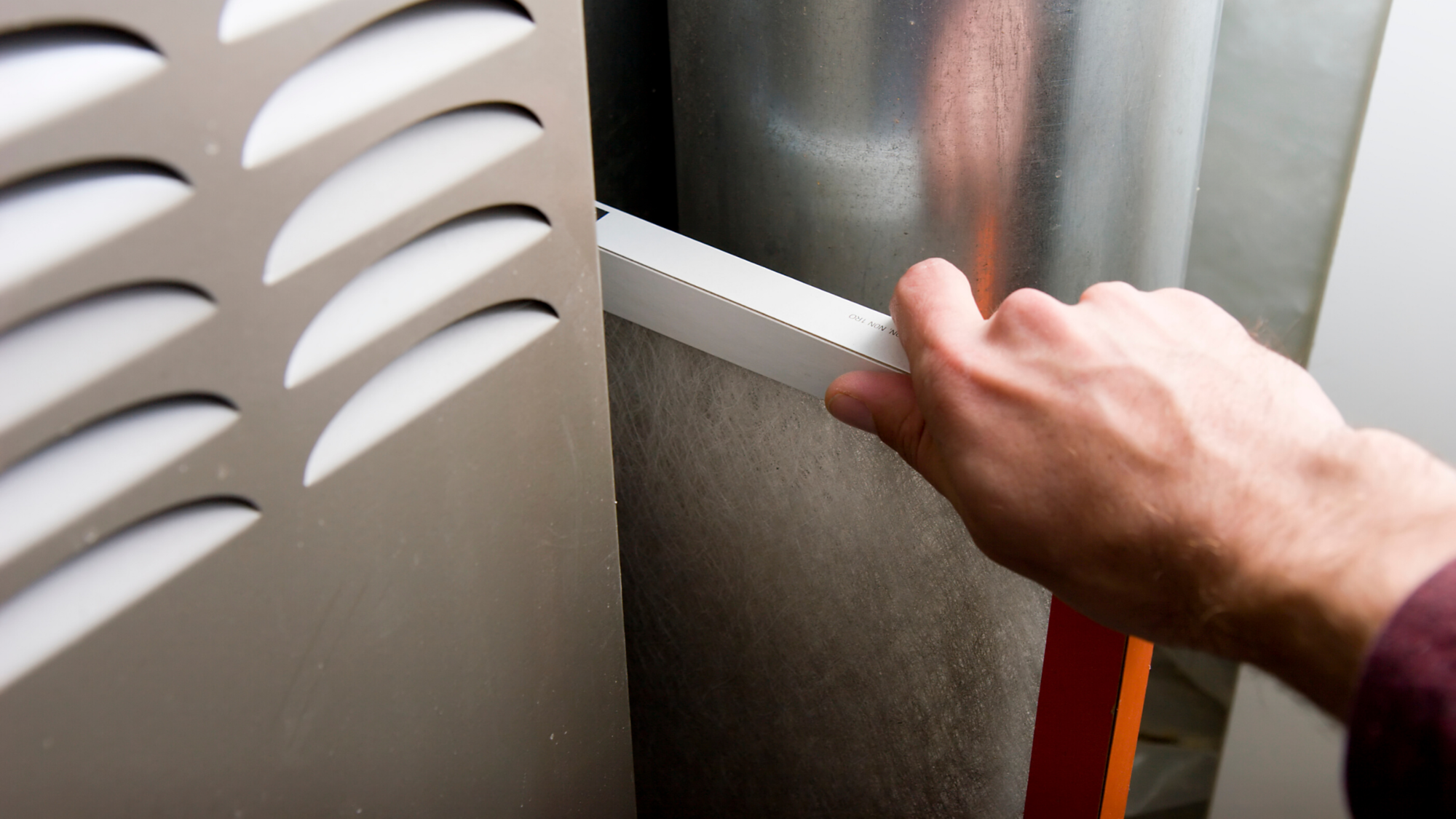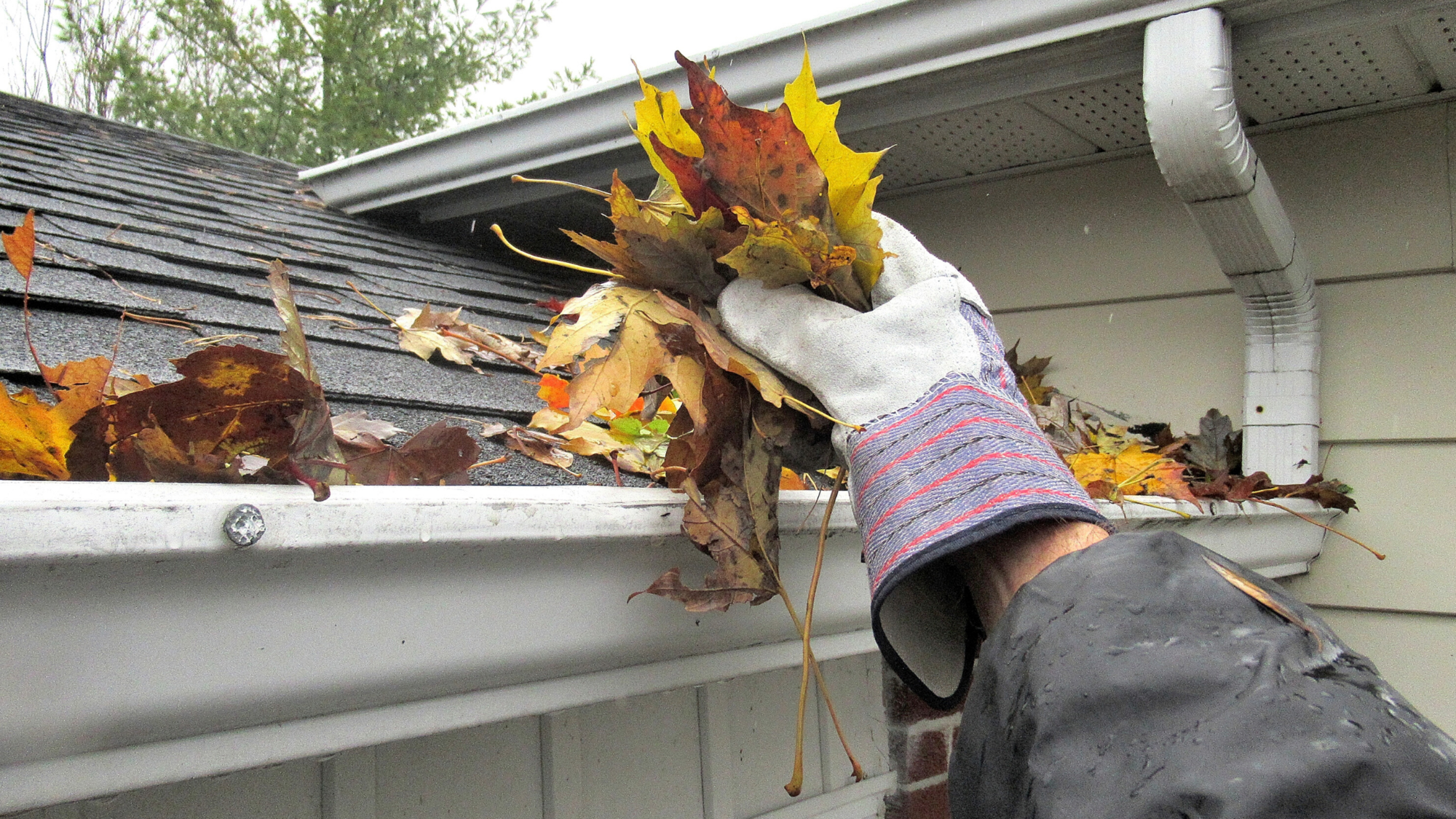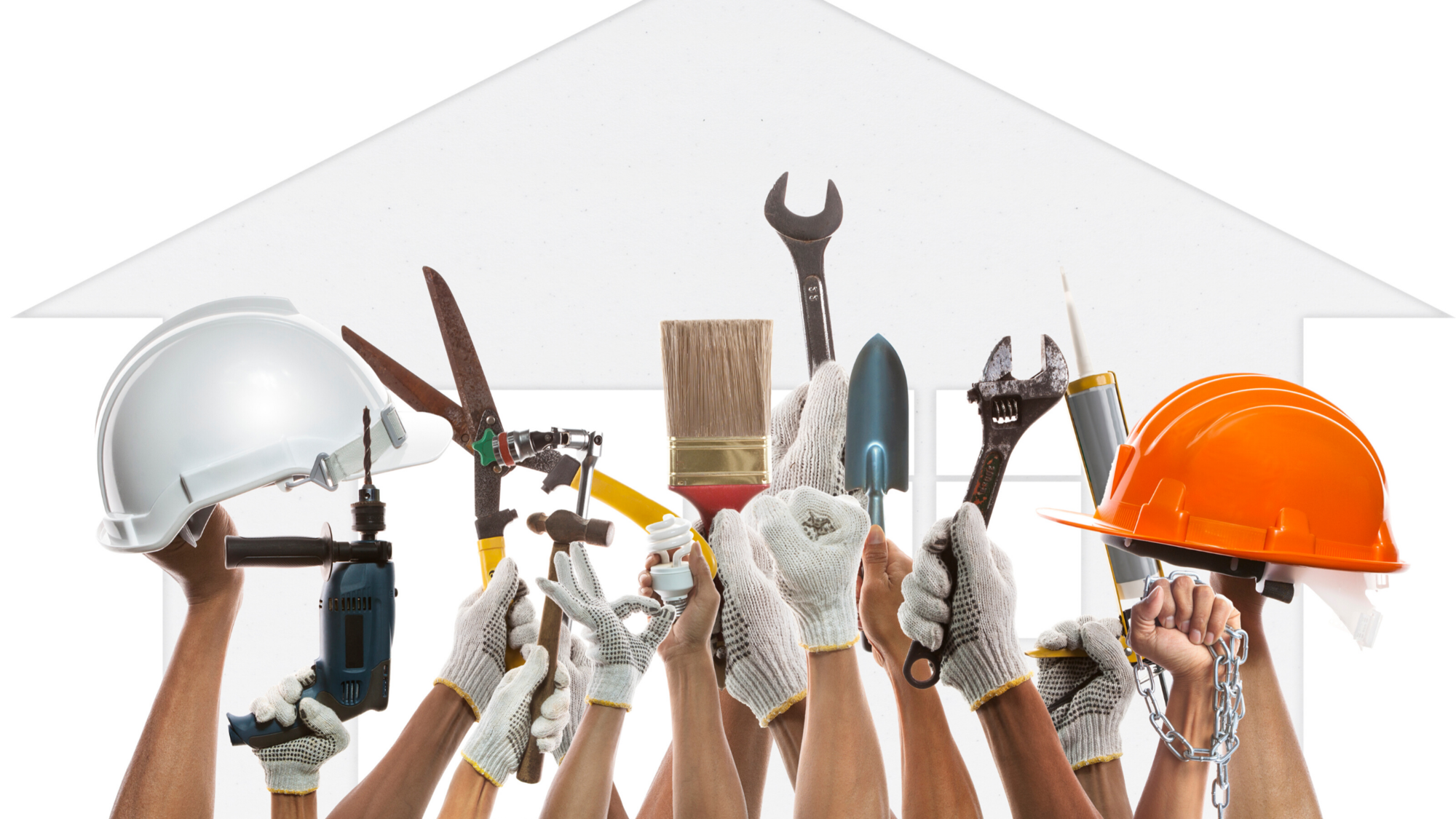One of the best things about buying a home is no longer waiting on a landlord to fix any issues that may come up in your living space. On the other hand, one of the worst things about owning a home is that any issues that do arise on your property are entirely your responsibility. That’s why, when you become a homeowner, one of the most important things you need to do is familiarize yourself with the most common tasks you may need to complete should an issue ever arise. Here are some of the top contenders:
1) How to Shut Off Your Water
Water damage can be one of the most costly repairs you may encounter as a homeowner. And knowing how to stop it before it gets out of hand may just be the difference between a few minutes with the mop and a full-on wall dissection.
While it may sound like a labour-intensive job to shut off all the water in your house, it is actually just as simple as twisting just one knob, known as your main water valve. True, you can find several valves throughout your plumbing system that are able to control individual areas of your home separately. But when emergency strikes, you’ll value the time saved just cutting it all off, rather than trying to find the right one.
If you live in the city of Saskatoon, or have city water fed to your home, your main water valve should be in your basement just near your water heater. If your home runs on well water, you’ll usually find yours near your water storage tank.
2) All About Furnace Filters
Furnace filters are what clean the air in your home, filtering out particles before feeding the air back to you, and they typically need to be changed every couple of months—sooner if you’ve been doing renovations! Because you’ll never know quite when they’ll need to be replaced each time, it’s always a good idea to have a few extras on-hand just in case.
Not all furnaces are created equal, and the same can be said for their filters, too. Not only do they vary in size, but also in efficiency, as well. Other than your size, you’ll want to know your MERV (minimum efficiency reporting value), which can range from 1-16. Of course, you’ll also want to know just how to change the filter, so take a moment to find the little removable panel, and be aware that removing it may be different than the one you had in your last home.

3) How to Clean Your Drain Traps
If you’ve ever checked “under the hood” of your sinks, you’ve probably seen that bit of u-shaped plumbing right underneath and you may have even wondered what that would be for. Known as a drain trap, it is a little pocket in the plumbing that holds just a little bit of water to help block gas and vapours from escaping into your home. But, while it is intended to hold water, it can also hold basically anything you pour down your drain, too, and it may need a good cleaning every once in a while to keep the pipes flowing smoothly.
Before donning your rubber gloves and getting to work, it’s always a good idea to put that main water shut off valve to use to prevent any accidents. Then, you’ll just want to place a bucket underneath, unscrew the clamps, and remove to give it a good clean.
4) Inspect Your Window & Door Seals
Over time, it’s totally normal for the seals around your windows and doors to deteriorate, and the earlier you can catch it, the more time and money you’ll save in repairs and heating costs. Every year, take some time to have a close look around your windows and doors, and keep an eye out for any cracks that may appear, sealing them quickly when you find them.
5) How to Clean Your Gutters
Every fall, we enjoy the beautiful change of scenery as the leaves change colour and fall to the ground. But the trouble is, not all of those leaves make it to the ground. In fact, quite a few of them often end up in our gutters, leading to clogs and clutter that can cause hefty water damages if left unchecked. In the spring and the fall, make time to pop up on the ladder to free up any dams that may have been forming along the gutters.

6) Resetting Ground Fault Interrupters
You may have noticed that the outlets in your kitchen and bathrooms are a little different than the rest of your house. Those little buttons in the centre aren’t just for decoration, though. Those are a very important safety feature known as ground fault interrupters, typically found on outlets that are more in danger of being exposed to water.
In the event of a power surge in your house, these interrupters automatically cut the power to these outlets to prevent a devastating accident, and when you need to get things back up and running, they will need to be reset to turn back on again once it is safe. All you need to do is look for the little button in the middle. If it is popped out, simply pop it back in again, and get back to blowdrying your hair or mixing that cookie dough!
7) Labeling Your Electrical Panel
Most of us have probably dealt with a breaker that needs to be flipped, and usually know where to go to find it. But if you’ve ever had to do that with an unlabeled panel, then you’ll know the hassle of either running up and down the stairs to check if it worked or enlisting the help of a friend or family member to call out to you.
Rather than waiting for a breaker to blow, then flipping through all the breakers at that time, take a moment when you move in to carefully label each switch. While it may take you a little while to figure out which switch is which, knowing the differences will not only save you time in an emergency later on, but it can also save time for an electrician, should you ever need their help in your home, too!
Owning a home can be a wonderful venture, especially as a first time home buyer, but if you’re not sure how to handle a little regular maintenance, it can also be quite a headache. By taking care of these essential homeowner tasks, though, you’ll be better equipped to handle the little things as they come, saving yourself both time and money moving forward!

 Facebook
Facebook
 X
X
 Pinterest
Pinterest
 Copy Link
Copy Link

